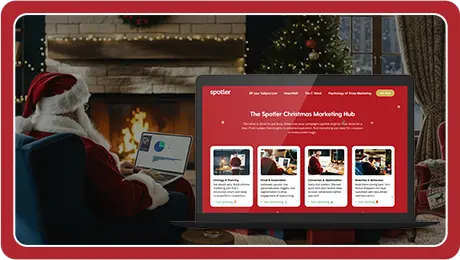Event registration.
Two innocent little words. But if you’ve ever been knee-deep in Excel sheets, cross-checking invitees with workshop slots while juggling dietary requirements, you know it can feel less like “signing people up” and more like playing 4D chess.
The good news: it doesn’t have to be that way.
Online event registration has come a long way. With the right setup, you can create an online event registration flow that feels smooth for your attendees and saves your team from spreadsheet-induced headaches. Here’s how to crack the puzzle in five essential steps.
Step 1. Decide who can register
First, figure out if your event is closed or open:
- Closed event: Only invited guests can register (personal link or code required). Best for VIP sessions or targeted groups.
- Open event: Anyone with the link can sign up. This is perfect for lead generation if you’re promoting on social media.
Rule of thumb: If exclusivity matters, go closed. If growth matters, go open.
Step 2. Set expectations on numbers
Every venue and event has a capacity and a sweet spot for attendees. The trick is to match that with realistic sign-up behaviour.
Here’s the math most event managers forget:
- On average, only about 50% of invitees register for free B2B events.
- Of those who register, 20–30% might not show up.
So, if you need 200 people in the room, plan to invite around 400.
Pro tip: For high-demand events, add a waiting list. It’s easier than overbooking and scrambling later.
Step 3. Decide on +1s before sending invites
“Can I bring a colleague?” seems harmless until 37 extra names appear the day before your event.
If you allow guests:
- Collect their details upfront (name, email, dietary needs).
- Decide if they get their confirmation/e-ticket or if it goes to the original invitee.
- Lock this process in early. Changing later = chaos.
Step 4. Manage sub-sessions without breaking your brain
This is where things get tricky. Workshops, breakout sessions, roundtables… all with limited seats. Add time slots to the mix, and suddenly you’re solving a logic puzzle.
Here’s how to tame it:
- List every session with its max capacity.
- Use event software that automatically closes sessions when full.
- Offer alternatives so people don’t get stuck at “Sorry, no spots left.”
The more automated this is, the fewer fires you’ll put out on event day.
Step 5. Plan for check-in
Registration doesn’t stop when someone fills in a form. You need to know who actually shows up.
Checking people in:
- Gives you accurate attendance data (vital for follow-up).
- Let’s you send tailored thank-yous afterwards.
- Even helps you call no-shows later with a friendly “We missed you, shall we catch up?”
Bottom line: Don’t skip check-in. It’s the bridge between registrations and relationships.
Put it all together: the online event registration flow
Sketch the full online event registration flow once you’ve mapped out the five steps above. It might look like this:
- Invitation email
- Registration form
- Confirmation email (with e-ticket)
- Reminder(s)
- Check in on event day
- Thank you, and follow-up
Before launching, test it. Then test again. And yes: test the cancellation process too (because life happens). Ask a colleague or two to play “attendee” and see if anything feels clunky.
Final thought
Event registration is more than an RSVP; it’s the on-ramp to your event experience. When you design it thoughtfully, you’re not just collecting names. You’re shaping the first impression, removing barriers, and setting the stage for a successful event.
Get the flow right, and suddenly, your registration process feels less like 4D chess… and more like a smooth welcome mat for your guests.


